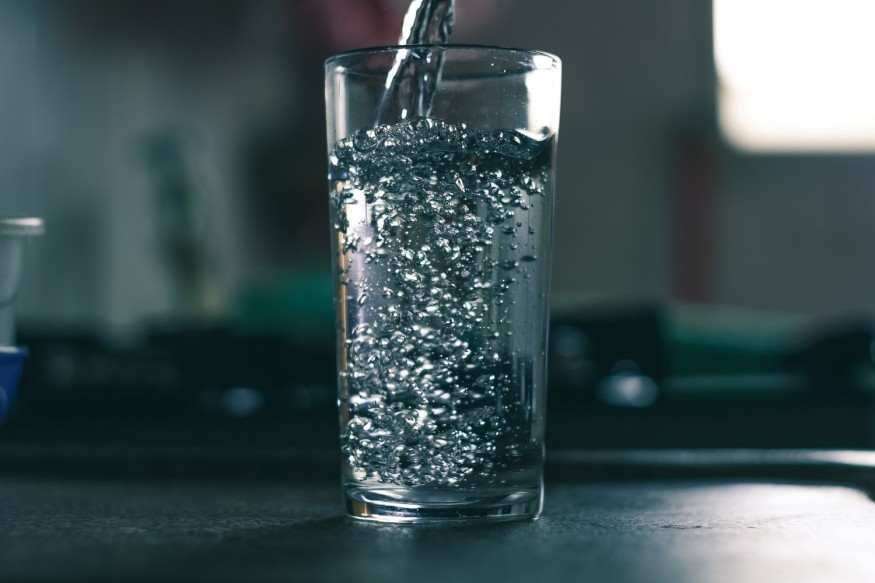A group of engineers from Johns Hopkins University has developed a technique to remove a class of hazardous industrial "forever chemicals" that are frequently detected in drinking water.

Per- and Polyfluoroalkyl Substances
Per- and polyfluoroalkyl substances, also known as PFAS, are a class of synthetic organic contaminants used in a wide range of industrial processes and consumer goods, such as non-stick cookware coatings, food wrappers, water-resistant clothing, and textiles for furniture. They are known as forever chemicals because they last thousands of years.
PFAS leak into water systems when these materials are used, disposed, or incorrectly dumped. Once there, they have peculiar chemical characteristics that are brought about by some of the strongest carbon-fluorine interactions in chemistry, making them very challenging to deal.
The immune system, hormones, and the efficacy of immunizations can all be negatively impacted by long-term, low-concentration exposure to PFAS. Additionally, it may result in excessive cholesterol and low birth weight. High levels of PFAS exposure at work or living close to a dumping site raise the risk of thyroid disease, kidney cancer, liver damage, and testicular cancer.
Granular Activated Carbon vs Anion Exchange Resins
According to the Hub, to get rid of PFAS, the researchers contrasted two of the most effective categories of separating media: granular activated carbon and anion exchange resins. For 15 months, they methodically assessed how well each of them removed various PFAS in prototype municipal water treatment plants. They came to the conclusion that the resins were more efficient at getting rid of the majority of the PFAS examined.
The treatments can be compared to large-scale equivalents of the filters people use at home to clean their own drinking water, according to Steven Chow, research associate in the Department of Environmental Health and Engineering at Johns Hopkins and the study's first author.
Based on the study published in Water Research, the researchers measure the time how long it takes before they can detect PFAS leaving the filter's end as water is continuously pumped in from the top.
The practical value of laboratory research is often limited because it is typically conducted on a small scale and for brief periods of time. The engineers further contend that many large-scale engineering systems run by drinking water utilities lack the luxury of extensive research beyond regulatory requirements.
Based on Tech Xplore, Chow said that the team's collaboration with academic, industrial, and municipal partners enabled them to show how successful these separation medium are in practical settings while providing answers to fundamental issues about how they operate.
ALSO READ: New Water Filtration Technique Produces Potable Water By 1000 Times Less Energy Consumption
Limitations on Removal of PFAS
Although there are technical advantages to removing PFAS from drinking water, there are also limitations, according to the researchers. Such systems can cost millions of dollars to build and maintain, on top of the price of running the water treatment facilities that are now in place.
After the PFAS have been eliminated, the pollutants and the filter that collected them must be handled and disposed of correctly. Because the PFAS molecules are so powerful, it takes a tremendous amount of energy to destroy them.
Chow believes that, when it comes to PFAS, prevention is the best cure.
The management of PFAS is a generational environmental issue that may never be fully resolved. The secret lies in proactive measures that lessen the overall quantity of PFAS released into the environment and avoid the unfortunate replacement of known PFAS with compounds that may have unknown or even worse effects.
RELATED ARTICLE: Carbon Nanotubes Soon Become The Future Of Water Filtration, Perfect Alternative To Eliminate Toxins & Other Contaminants
Check out more news and information on Technology in Science Times.












